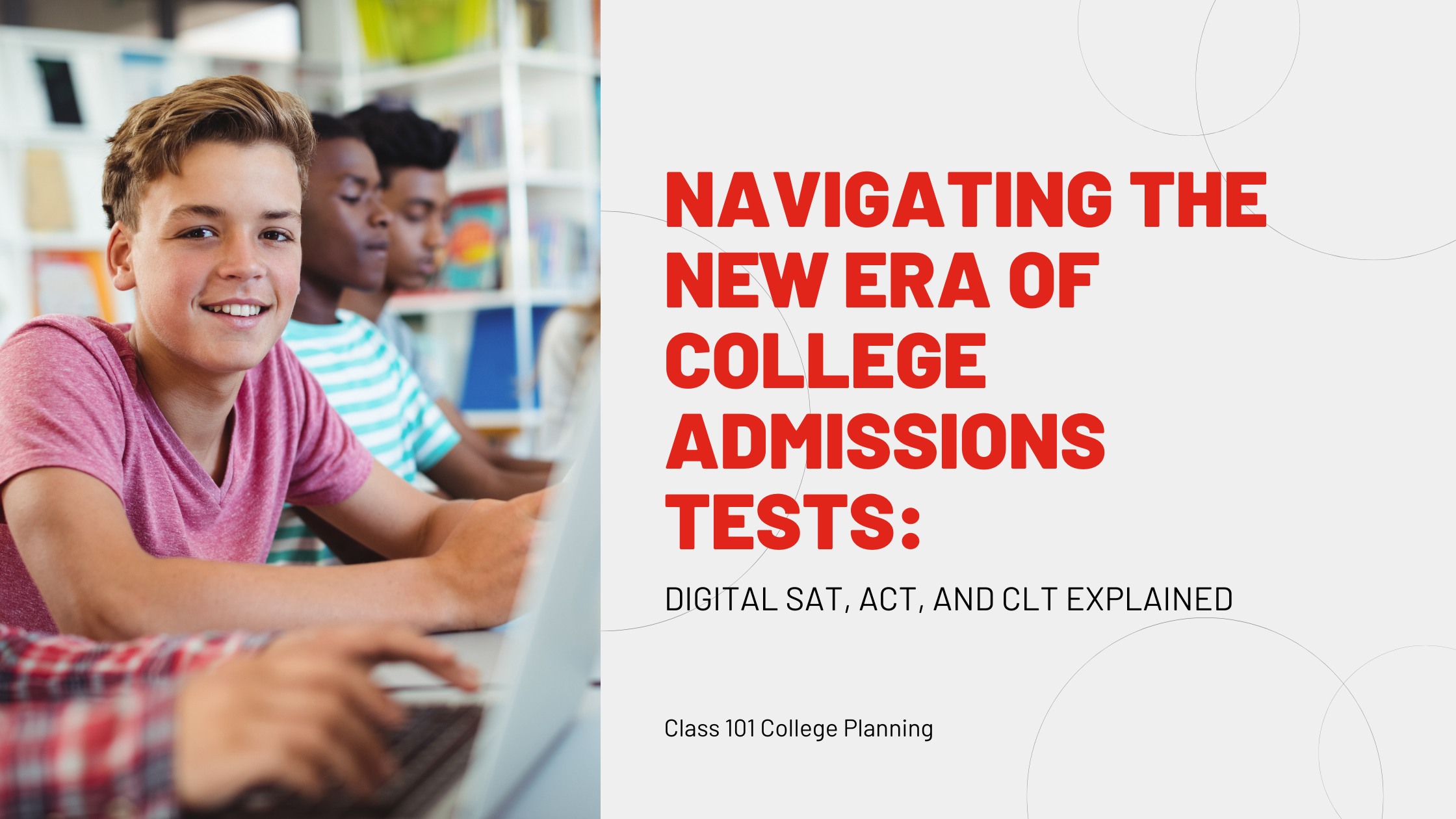October 19, 2021


It’s no secret college is expensive. It’s reported that the average cost of a private university can be over $53,000 dollars a year. This makes scholarships such an important part of the student’s financial journey. While there are always outside scholarships, the more common sources of financial aid are from the universities themselves.
Many colleges offer money to students for academic or extracurricular achievements, needs, and other reasons. Merit-based scholarships are the most visible of these awards, but what most high school students don’t realize is that what they achieve and participate in during high school does matter. They can start affecting the money they earn for college as early as freshman year.
Here are a few of the best ways that we’ve found that can help students maximize their scholarship opportunities and save money.
Most people know grade point average-GPA- really matters when it comes to getting into college and receiving financial aid. Grades as early as freshman year can have a big impact later on, as colleges look at a student’s first six semesters to make their decisions. A student who has a low GPA at the beginning of their high school career can struggle to raise it later on.
While maintaining a GPA can be difficult, remember that it’s important to stay focused. Also, course rigor does matter, but don’t overwhelm yourself. Balance is the key. Push to do well in classes that are important to you and your potential future college.
Colleges are looking for active leaders. Participating in clubs, sports, and service organizations helps students show they are committed to making a difference in their communities in ways that can lead to scholarship money. This fact is especially true for students who pursue leadership opportunities in these organizations. For instance, Mercyhurst University in Erie, Pennsylvania offers several scholarships for students who attended a youth Rotary Club conference or participate in performance arts and demonstrate exceptional skill.
In our current age of COVID, some might think ACT/SAT test scores are not required, but not every college is awarding merit aid without an ACT or SAT score. Many competitive schools and programs such as Georgetown University and Quinnipiac University’s nursing school still require test scores even if the university claims to be test optional.
Most universities will clearly define what scores are needed to be in contention for financial aid. Students can visit a university’s website as well as talk with their college planner to ensure they don’t miss out on scholarships that can save them money.
When people think of a college essay, they might associate this only with the main admission essay. However, it’s important to spend time crafting each supplemental piece that might be required for specific colleges. Indiana University Bloomington clearly states for their Common App writing supplement, “This essay may be used in scholarship consideration.” Essays are a great way to express yourself and show a college why you would be a great fit.
***
Remember, all these pieces can be equally important when being considered for merit scholarships. Many schools take a holistic approach, which means they consider each piece of information when making a decision. To maximize your opportunities, make sure to reach out to Class 101 of the Treasure Coast at (772) 247-2716 or email Mimi O’Leary or Mike O’Leary.
Class 101 of the Treasure Coast serves families in Martin and St. Lucie Count, FL and beyond from offices in Stuart and the St. Lucie West area of Port St. Lucie.

March 27, 2024
Navigating the New Era of College Admissions Tests: DIgital SAT, ACT, and CLT Explained There are few things more closely associated with the college application process than standardized tests. Loved by some, hated by others, standardized tests such as the SAT and ACT are viewed as a way to measure a prospective student’s academic capabilities […]
Read More >
February 14, 2024
It seems that this year, more students than ever got deferred. At the University of Michigan, for example, the number of students who accepted a place on the waitlist increased from 10,080 in 2020 to 18,575 in 2023. This development—born of changes from the pandemic and efforts to increase access—has made the college admissions process even more […]
Read More >
February 2, 2024
It’s been a hectic few years for the Department of Education. In 2020, Congress passed legislation requiring major reforms to the FAFSA. Since then, officials have been trying to design a new, streamlined application form for students. Throughout this time, there’s been several delays, affecting when students will be able to hear about financial awards. It now appears […]
Read More >